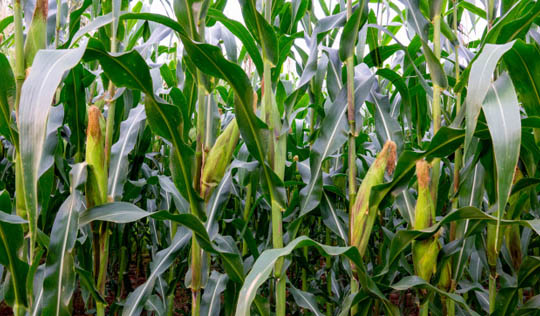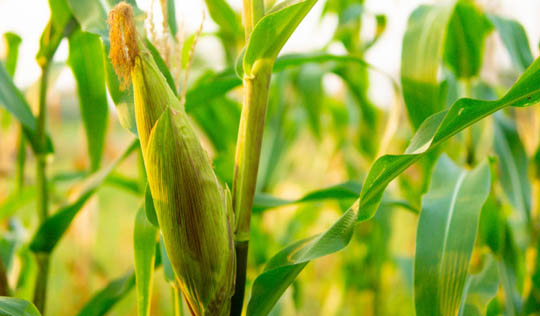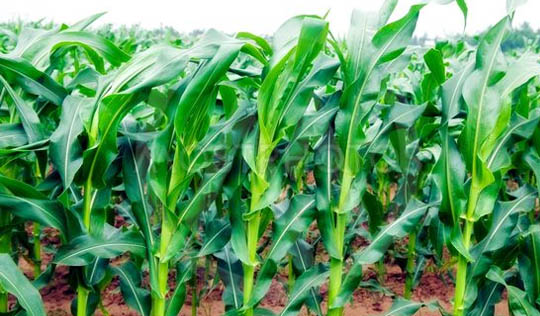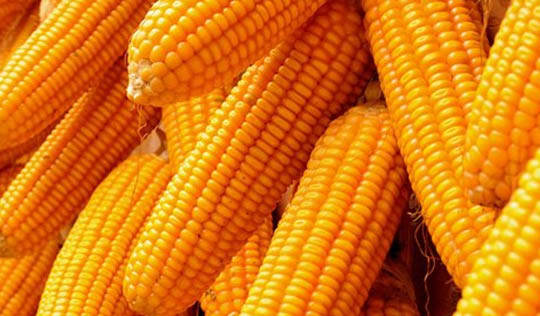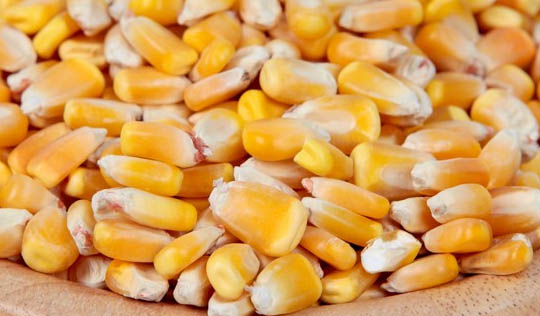14-B, Annamalai Layout,
Post Box No.905, Erode.
Deficiency Symptoms
The symptoms of Zinc deficiency do not show in the early stages except for stunted growth. The first symptoms appear on the base of the third leaf as pale yellow stripping to a broad band of white or yellow tissue with reddish purple veins between the midrib. In severe cases of deficiency in Maize, unfolding young leaves may be white or yellow; hence the name "White bud in maize". The deficiency symptoms in sorghum are also very similar to Maize as can be observed from Plates 2 & 3.

